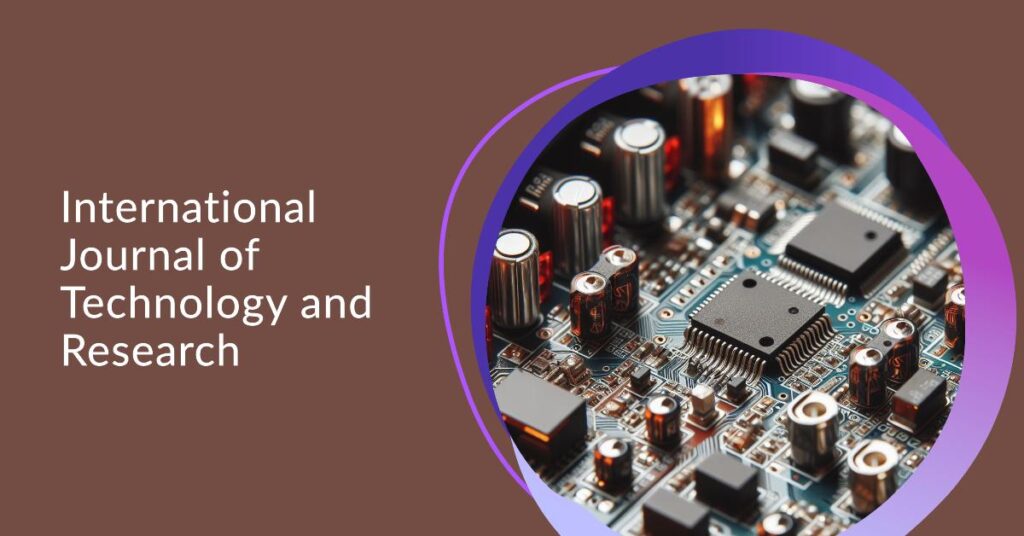Abstract— The evolution of new networks with their different
technologies has enabled the existence of multiple standards to
serve the necessities of communication. Each network with
its architecture stands different from the others and thus
there exists simultaneously, a heterogeneous association of
multiple networks. With all the diversities in the world, the end
user wants and needs vary and that forms the basis of various
technologies to facilitate the same end users even for a specific
purpose. The power of choice is one factor that has compelled
technologists and the students like us, to explore various ideas
and come out with solutions to provide efficient systems to co-
exist, having multiple technologies, serving the same purpose. In
short search for homogeneity in the heterogeneous environment.
In such scenarios, the issue of providing mobility management
between these heterogeneous networks becomes more and more
critical. Since all the architectures have different attributes,
mobility management requires much more attention to achieve
uniformity. Mobility comes with handovers, which is a
technical term for a procedure to pass on the attributes of a
call/facility as the user roams between wireless cells.
Keywords: Vertical Handover, Wireless Local Area
Network (WLAN), Universal Mobile Telecommunications
System (UMTS), Wi-Fi, IP (Internet Protocol), Mobile Stream
control transmission protocol (mSCTP), CoA (Care-Of-Address)
Full Text:
50-234-1-PBCredits:
Raheel Qureshi,
Department Of Physics,
COMSATS University of Science and Technology
Muhammad Awais Akram
Department Of Electrical Engineering,
COMSATS University of Science and Technology, Islamabad (CUST)

